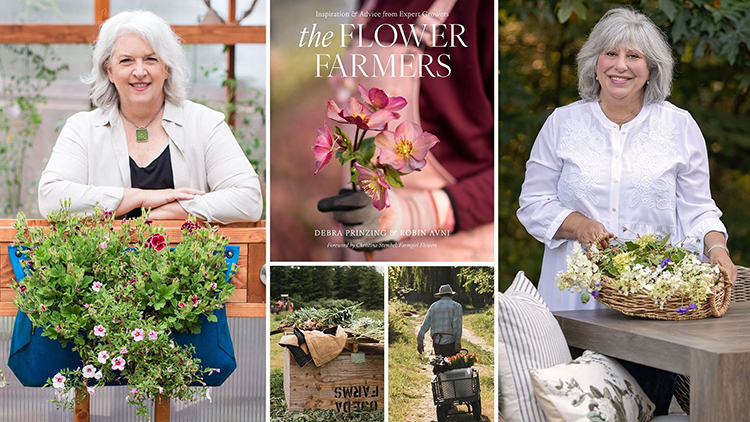
From Garden to Vase: Growing a Rainbow of Cut Flowers for Wildflower-Inspired Bouquets
There's a unique joy in wandering through your garden, clippers in hand, selecting the perfect blooms to bring indoors. It's a little piece of self-sufficiency, a touch of homesteading magic that transforms everyday life. Growing your own cut flowers allows you to create beautiful, natural bouquets that reflect the changing seasons and your own personal style. And what's more satisfying than adorning your home with flowers you’ve nurtured from seed to blossom? This year, let's embark on a journey to cultivate a vibrant cut flower garden, focusing on three fantastic flowers: Zinnias, Cosmos, and Dahlias. These beauties are not only stunning, but also incredibly easy to grow, making them perfect for beginner gardeners and seasoned pros alike.
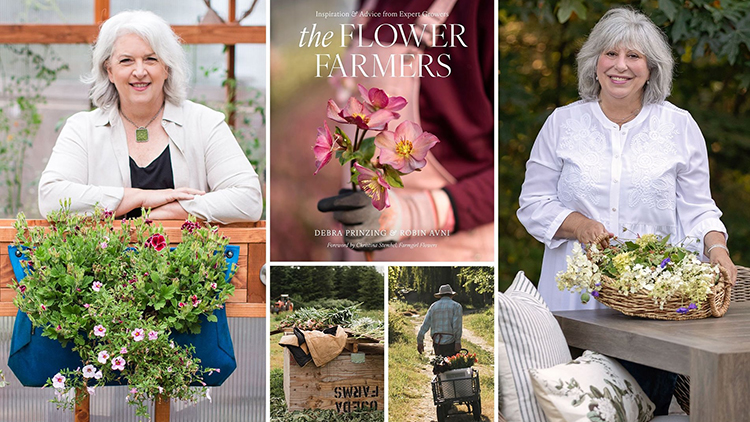
Section 1: Meet the Stars: Zinnias, Cosmos, and Dahlias
These three flowers are true champions of the cut flower garden, each offering its unique charm and benefits. Let's dive in and get to know them better.
Zinnias: The Color Queens
Zinnias are known for their explosion of vibrant colors. The 'Benary's Giant' series, for instance, offers a rainbow of hues, from fiery reds and oranges to sunny yellows and deep purples. Don't forget the 'Queen Lime Orange' variety for a touch of sophisticated warmth. Zinnias also come in various forms – single, double, and even cactus-flowered – adding textural interest to your bouquets. Best of all, they boast a remarkably long vase life, ensuring your creations stay fresh and beautiful for days.
Cosmos: Delicate and Whimsical
Cosmos bring an airy, delicate touch to any arrangement. Their feathery foliage and graceful blooms create a sense of movement and lightness. Consider varieties like 'Cosmic Orange' for a warm, rustic feel, or the 'Sea Shells' mix with its unique, fluted petals in pastel pinks and whites. For a truly unique addition, try the 'Chocolate Cosmos,' which offers a rich, deep brown color and a subtle chocolatey scent.
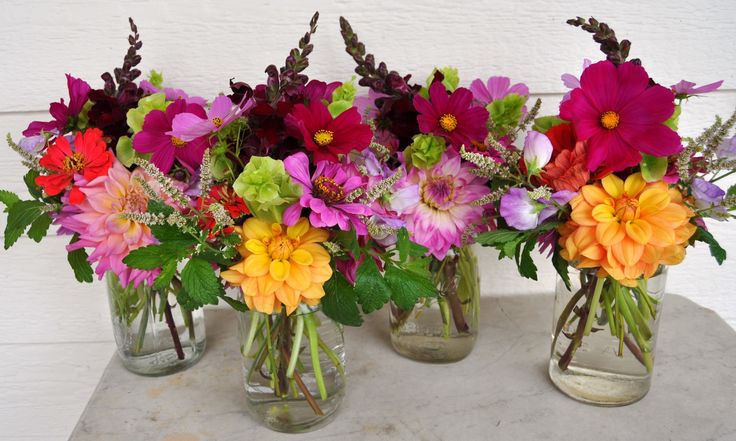
Dahlias: Showstoppers of the Garden
Dahlias are the showstoppers, the dramatic focal points of any bouquet. With their diverse range of sizes, shapes, and colors, they are sure to make a statement. 'Cafe au Lait' is a classic choice, renowned for its creamy, blush-toned petals and impressive size. The 'Karma series' offers a range of vibrant colors and excellent vase life, while 'Pompon' dahlias add a touch of whimsy with their perfectly round, ball-shaped blooms. Whether you prefer dinnerplate-sized giants or petite pompons, there's a Dahlia for every taste.
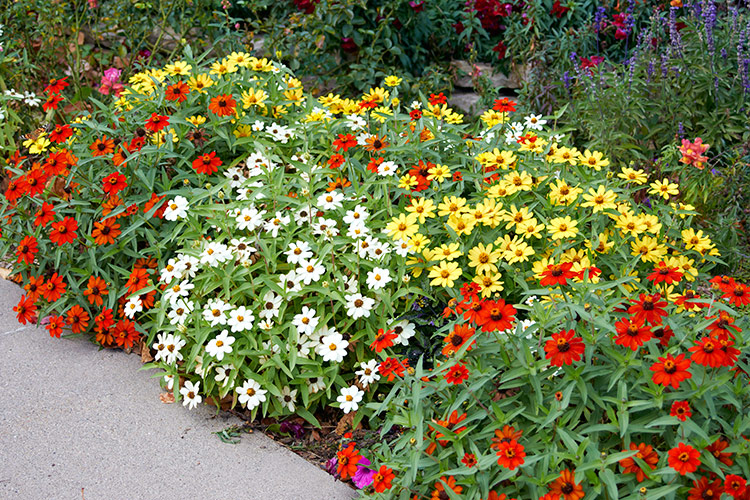
These three flowers are ideal for beginner gardeners because they are relatively easy to grow and incredibly prolific bloomers. They’ll reward you with a season-long supply of beautiful blooms for your home.
Section 2: Growing Tips for Abundant Blooms
To ensure a bountiful harvest of cut flowers, follow these simple growing tips:
Sunlight: All three flowers crave sunshine. Aim for at least 6 hours of direct sunlight each day. A sunny spot in your garden will encourage strong growth and abundant blooms.
Soil: Well-drained soil is crucial for healthy plants. Amend your soil with plenty of compost to improve drainage and provide essential nutrients. Compost not only enriches the soil but also helps retain moisture, creating the perfect environment for your flowers.
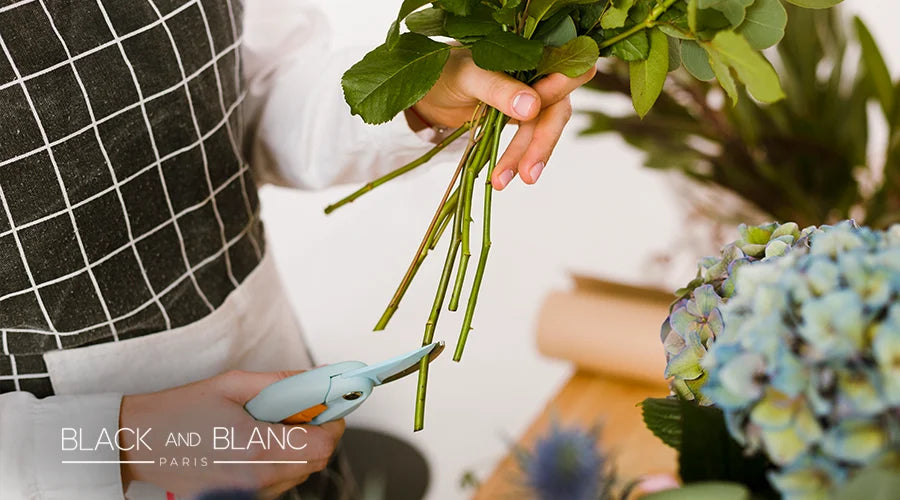
Watering: Water deeply but infrequently, allowing the soil to dry out slightly between waterings. Avoid overhead watering, which can promote fungal diseases. Instead, water at the base of the plants.
Deadheading: Deadheading is essential for encouraging continuous blooming. Regularly remove spent flowers by cutting the stem just above a leaf node (where a leaf or branch grows from the stem). This signals the plant to produce more flowers instead of focusing on seed production.
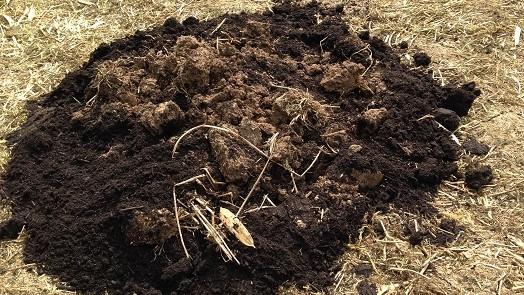
Fertilizing: While these flowers aren't heavy feeders, a light application of a balanced fertilizer can boost growth and bloom production. Use it sparingly, following the instructions on the package.
Section 3: Designing Your Wildflower-Inspired Bouquet
Creating a wildflower-inspired bouquet is all about embracing a natural, unstructured aesthetic. Let the flowers guide you and don't be afraid to experiment!
Start with a Focal Point: Begin by selecting a focal point flower, such as a large Dahlia. This will be the star of your arrangement and will set the tone for the rest of the bouquet.
Add Supporting Flowers: Surround the focal point with supporting flowers like Zinnias and Cosmos. Use a variety of colors, shapes, and sizes to create depth and dimension.
Incorporate Foliage: Don't forget the foliage! Use leaves from the flowers themselves or other greenery from your garden to add texture and movement. Ferns, grasses, and even herbs can make beautiful additions to your bouquet.
Color Harmony: Consider the color scheme of your bouquet. Complementary colors (e.g., blue and orange) create a bold, vibrant look, while analogous colors (e.g., pink, orange, and yellow) offer a more harmonious and soothing effect.
Variety of Heights and Textures: Use a variety of heights and textures to create a dynamic and visually interesting arrangement. Tall Cosmos can add height, while shorter Zinnias can fill in the gaps.
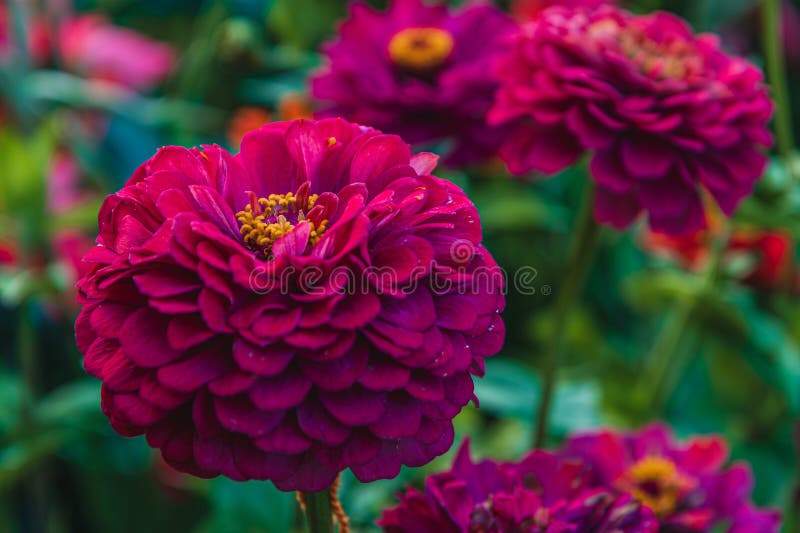

Section 4: Preserving Your Cut Flowers
To prolong the life of your beautiful bouquets, follow these simple tips:
Cut Flowers in the Early Morning: The best time to cut flowers is in the early morning when they are fully hydrated.
Remove Lower Leaves: Remove any leaves that will be submerged in water to prevent bacterial growth.
Use a Clean Vase and Fresh Water: Always use a clean vase and fill it with fresh, cool water.
Add Flower Food or a Homemade Solution: Add a packet of commercial flower food to the water, or make your own solution by mixing a teaspoon of sugar, a teaspoon of vinegar, and a few drops of bleach per quart of water.
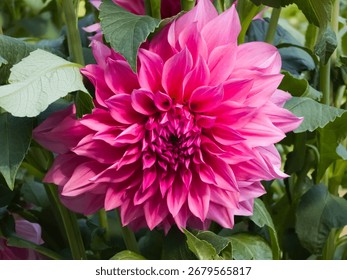
Change the Water Regularly: Change the water every day or two to keep it clean and fresh.
Recut Stems at an Angle: Recut the stems at an angle every time you change the water. This helps the flowers absorb water more efficiently.
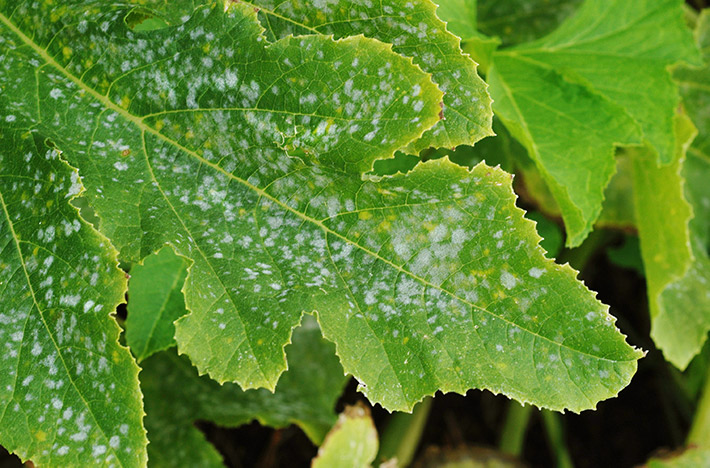
Troubleshooting:
Even with the best care, you might encounter a few challenges. Here are some common problems and their solutions:
Problem: Powdery mildew on leaves.
Solution: Improve air circulation around the plants by spacing them further apart. Treat affected leaves with neem oil.
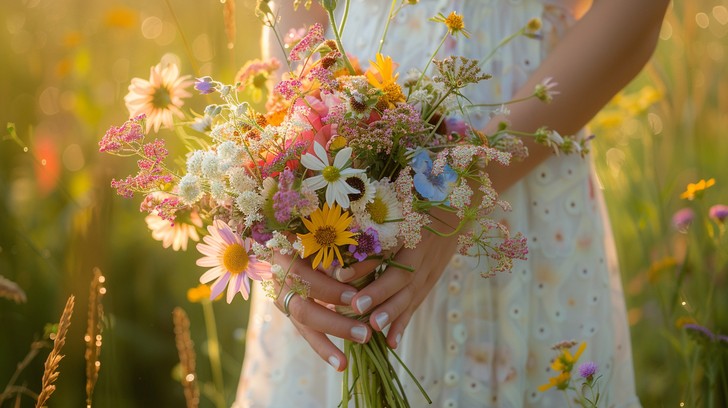
Problem: Aphids.
Solution: Spray the affected plants with insecticidal soap. Repeat the application as needed.
Problem: Flowers wilting quickly.
Solution: Recut the stems at an angle and ensure the flowers are getting adequate hydration. Try placing the vase in a cooler location.
Conclusion:
Growing your own cut flowers and creating wildflower-inspired bouquets is a rewarding experience that brings the beauty of the garden into your home. Zinnias, Cosmos, and Dahlias are excellent choices for beginners, offering a vibrant array of colors, shapes, and textures. With a little care and attention, you can enjoy a season-long supply of fresh, homegrown blooms. So, grab your seeds, get your hands dirty, and experiment with different flower combinations and styles. Remember, even a simple bouquet can bring joy and beauty into your home, reminding you of the simple pleasures of homesteading and the bounty of your garden. Share your bouquet creations with us on social media using #BetterHomesAndHarvests!